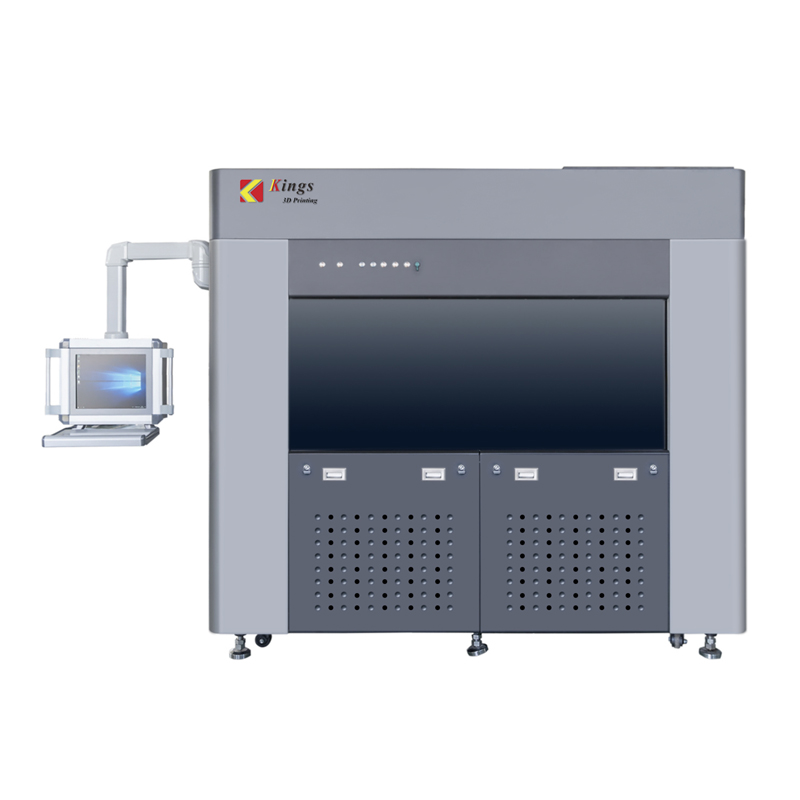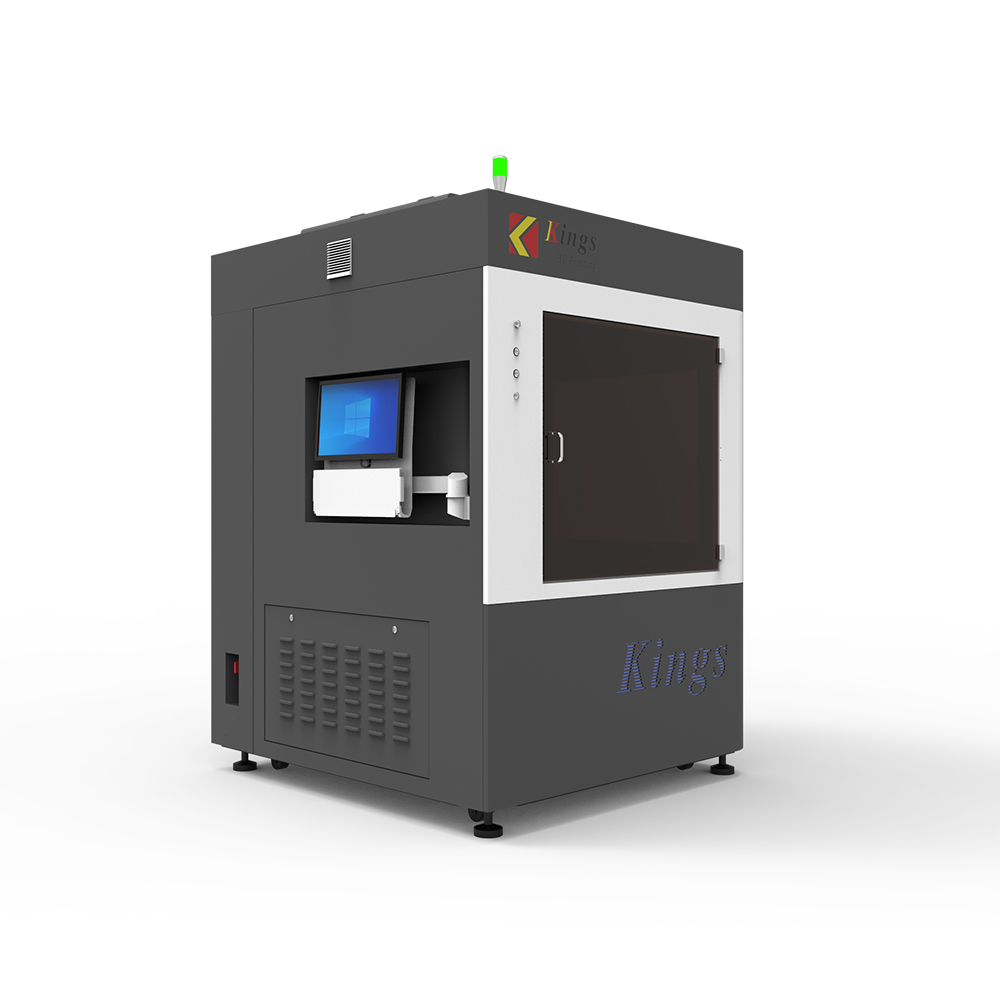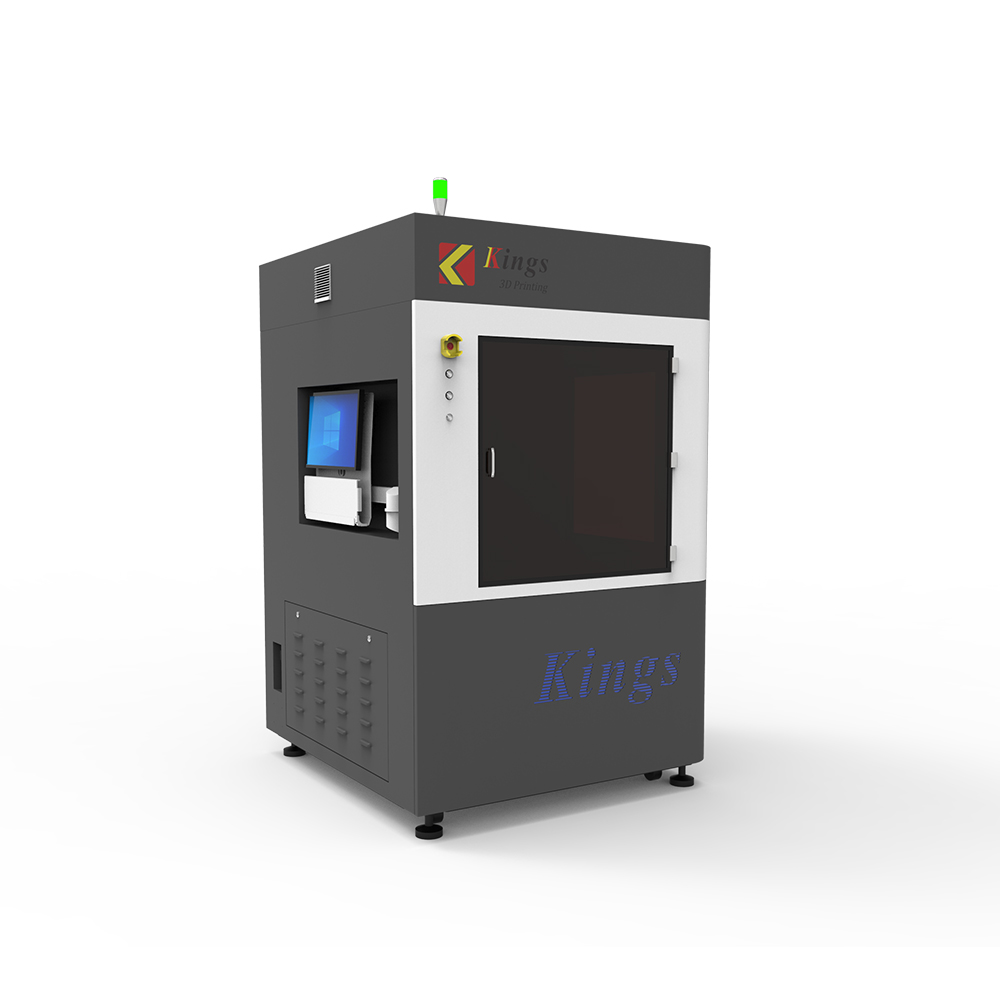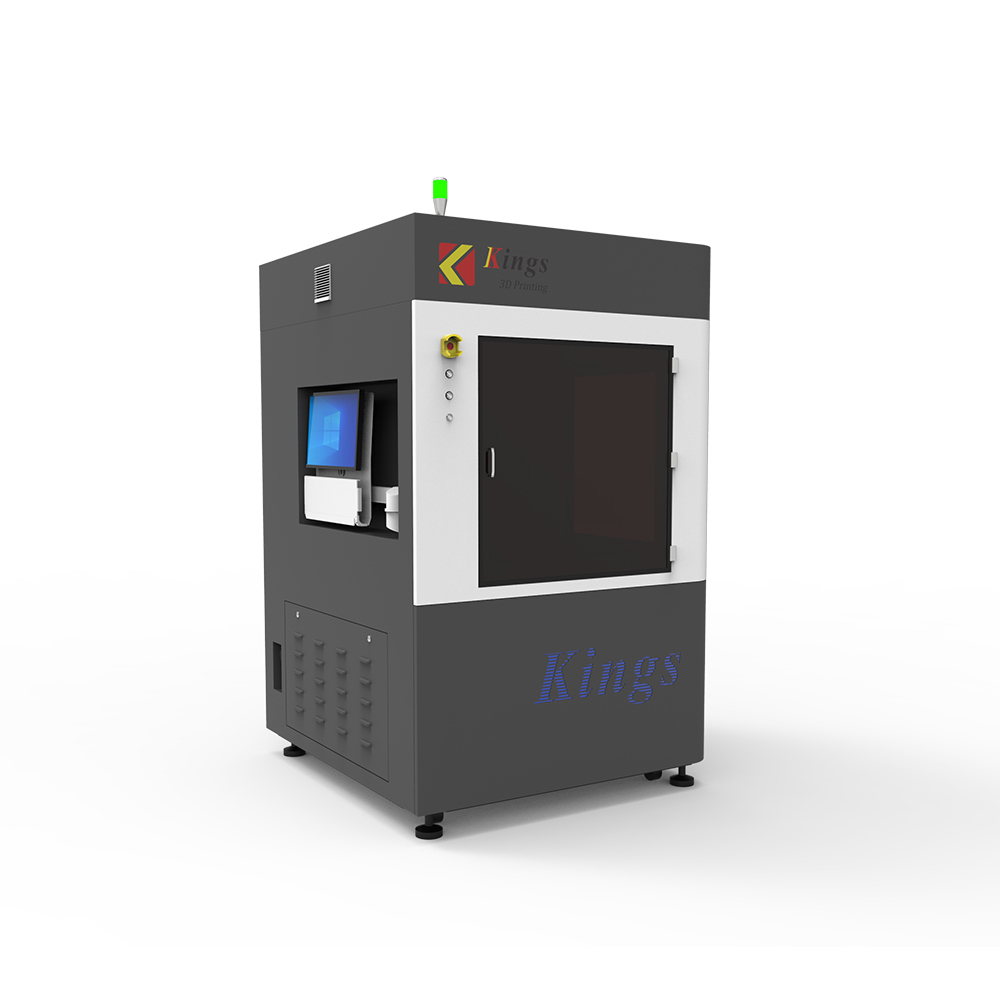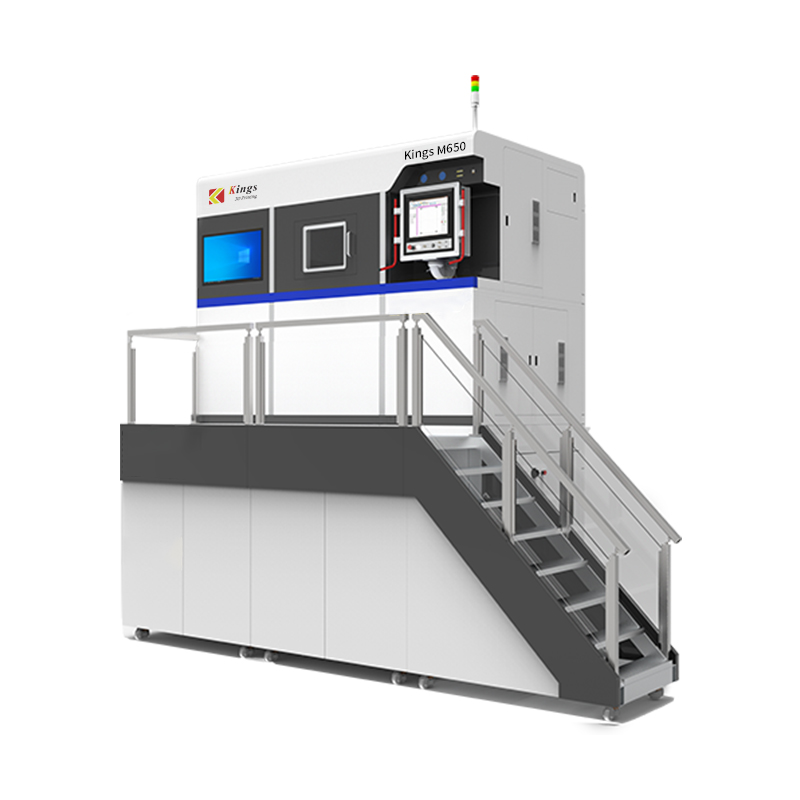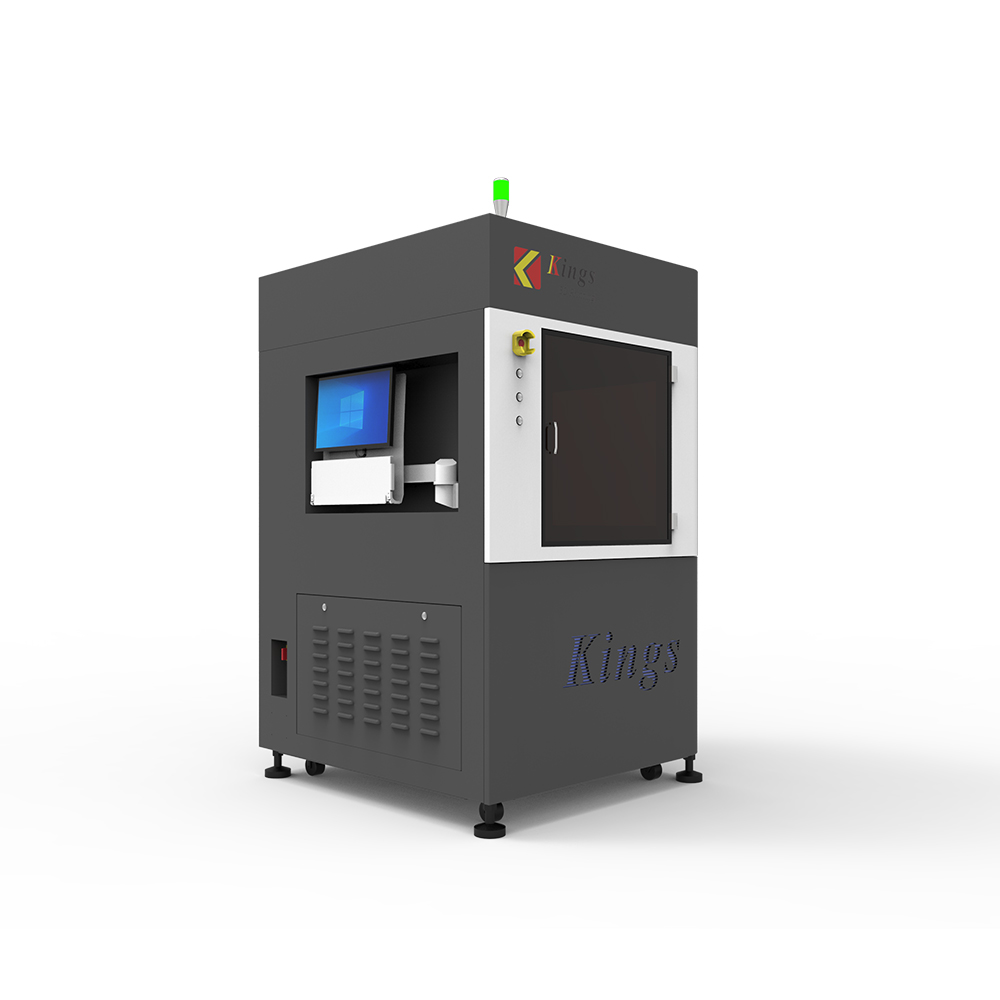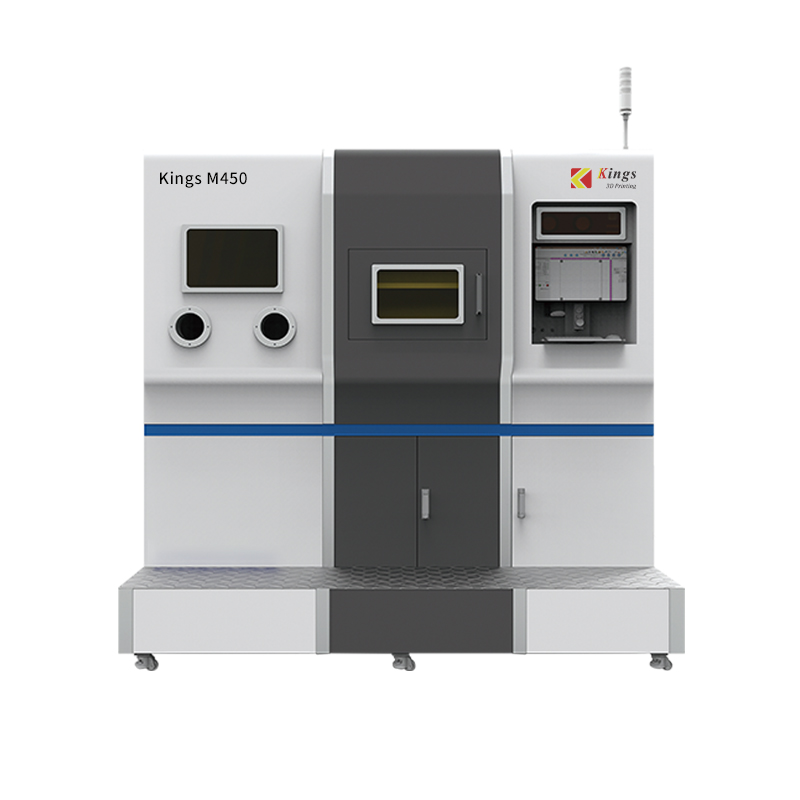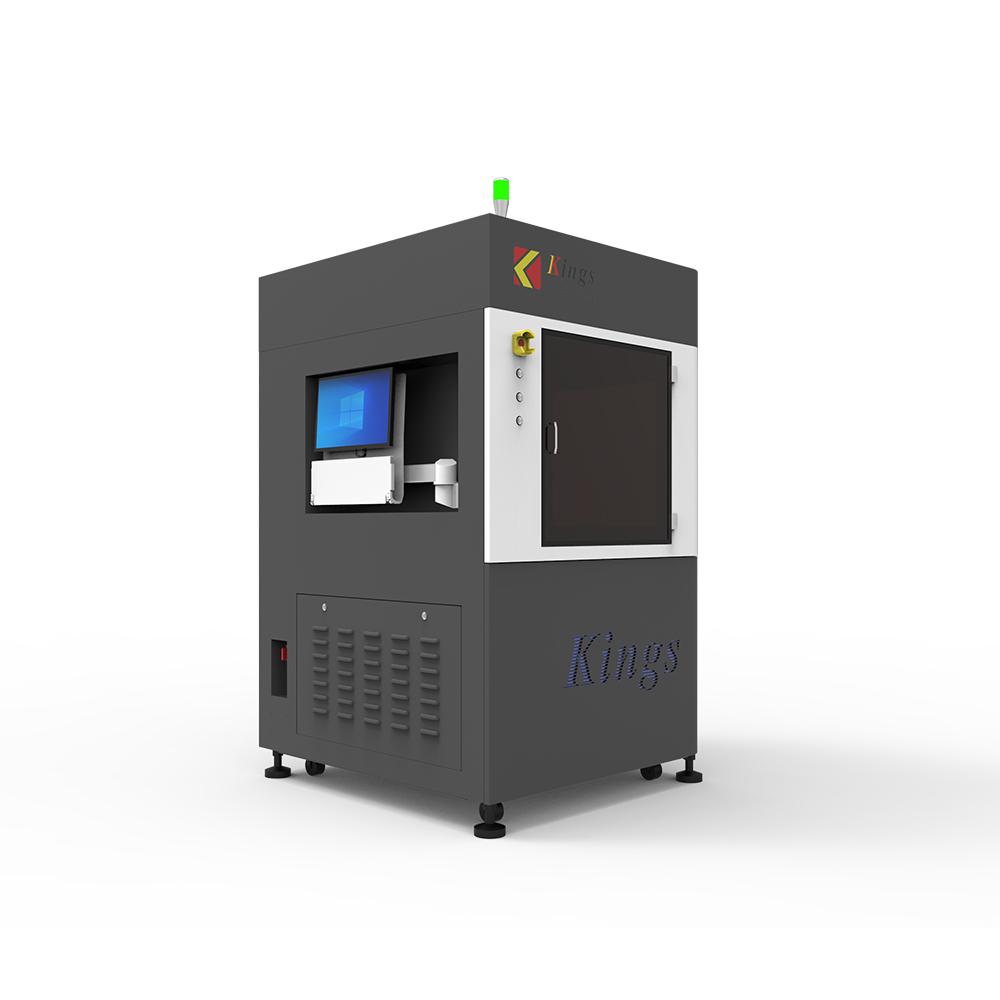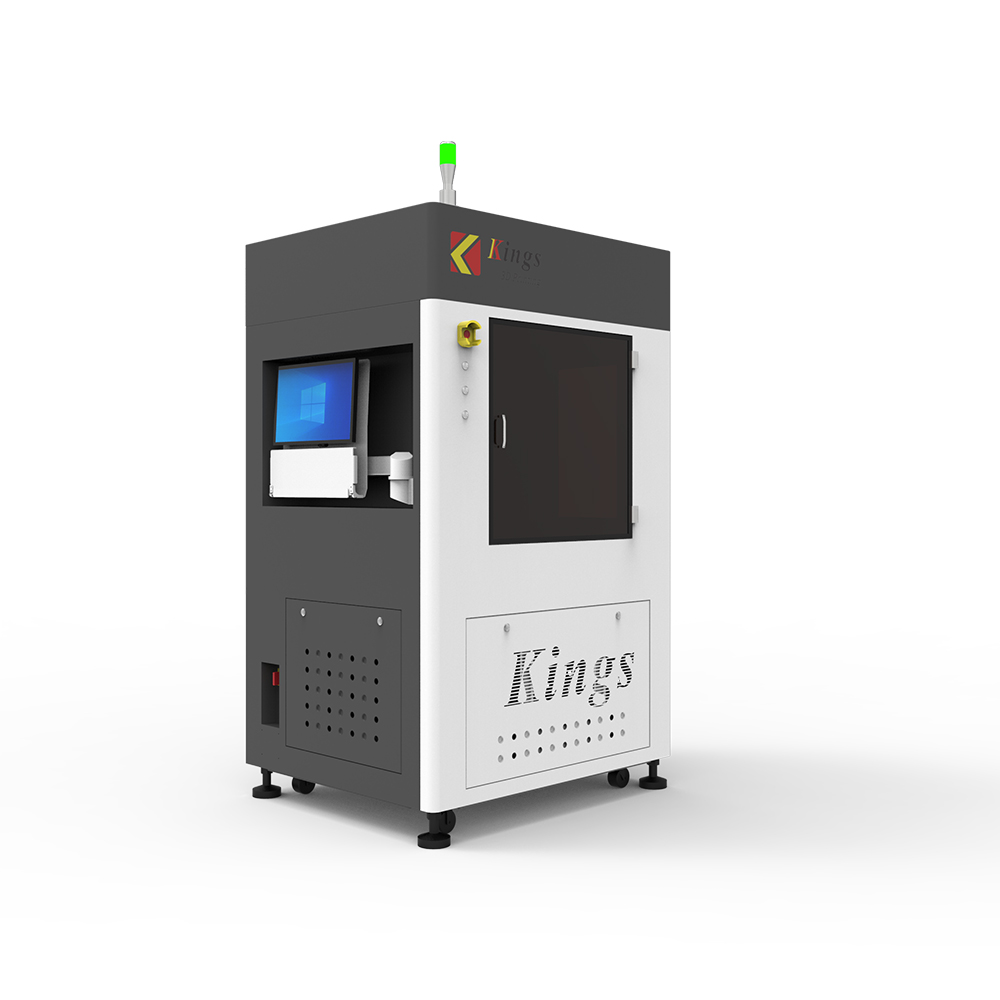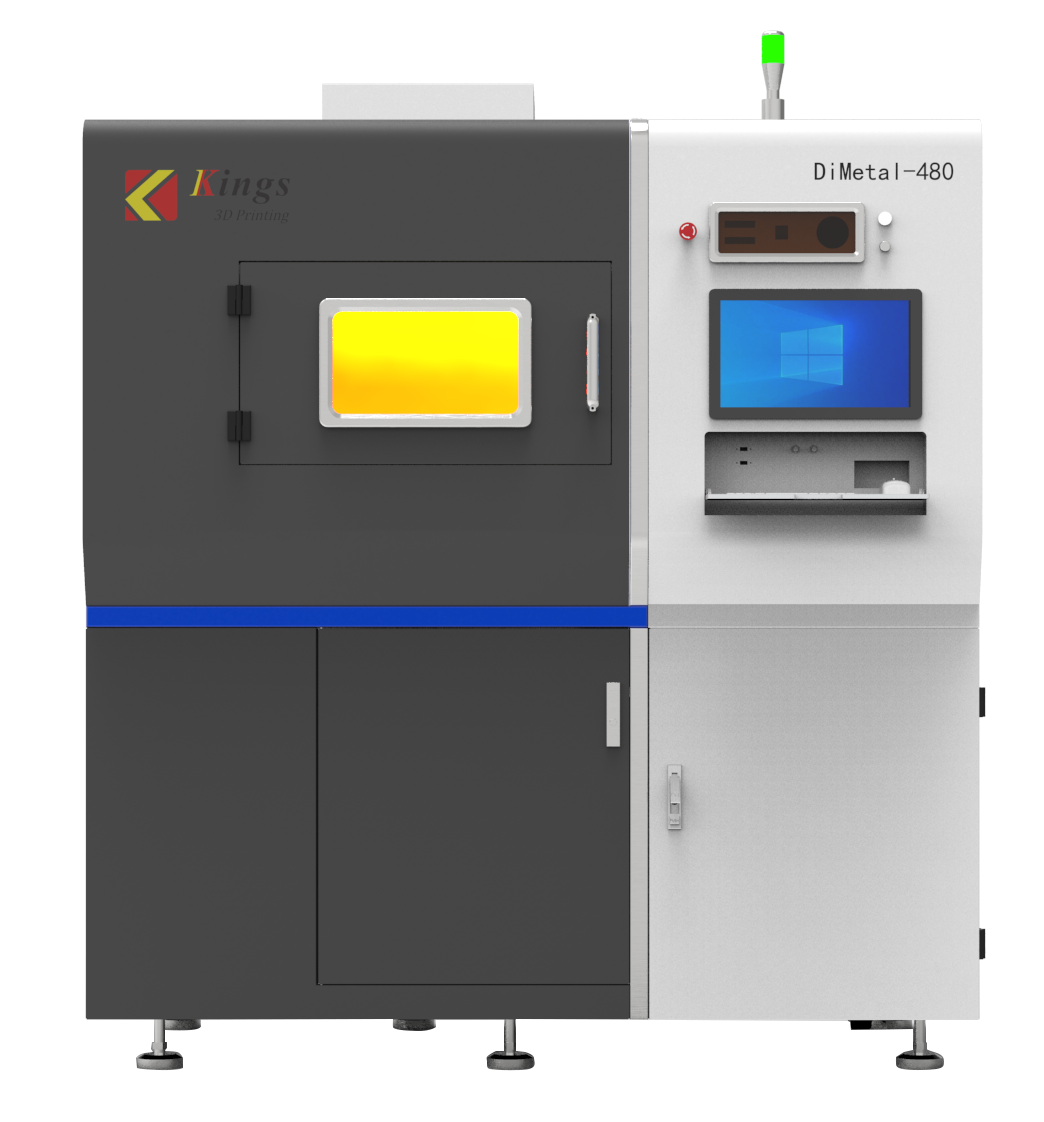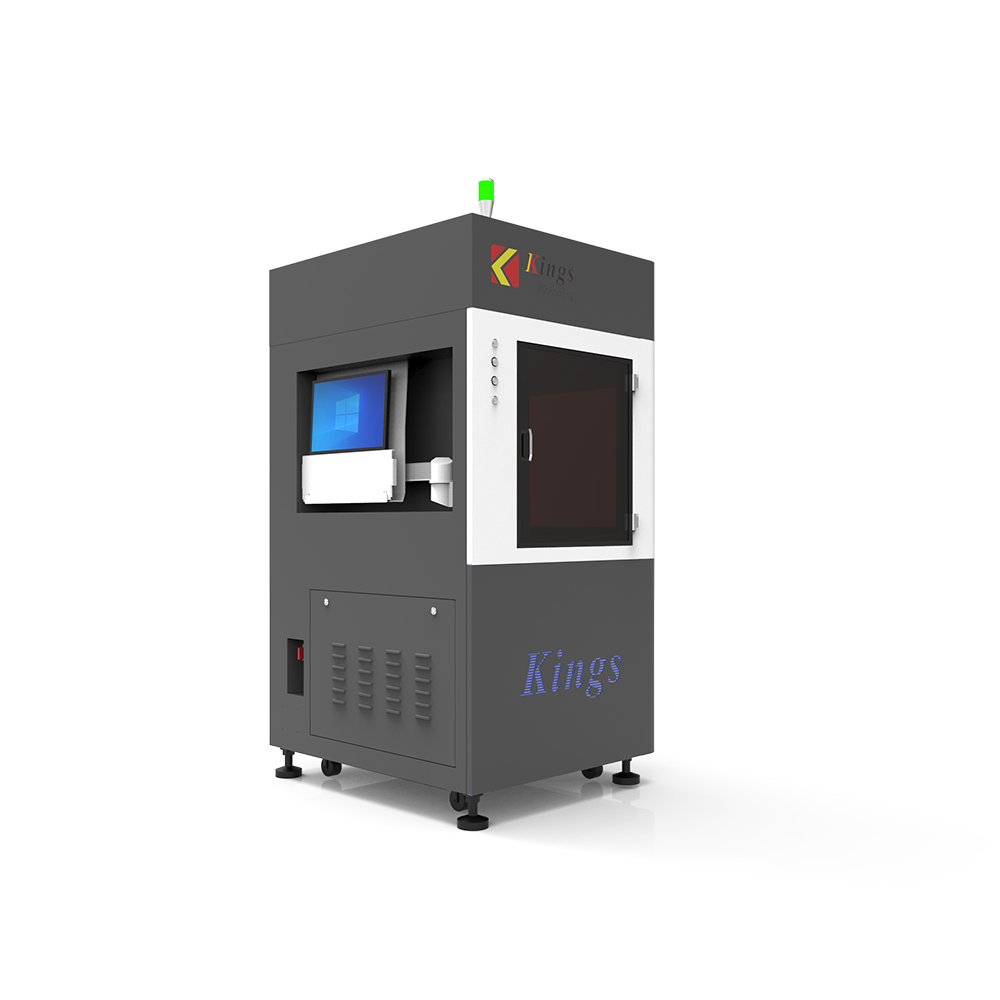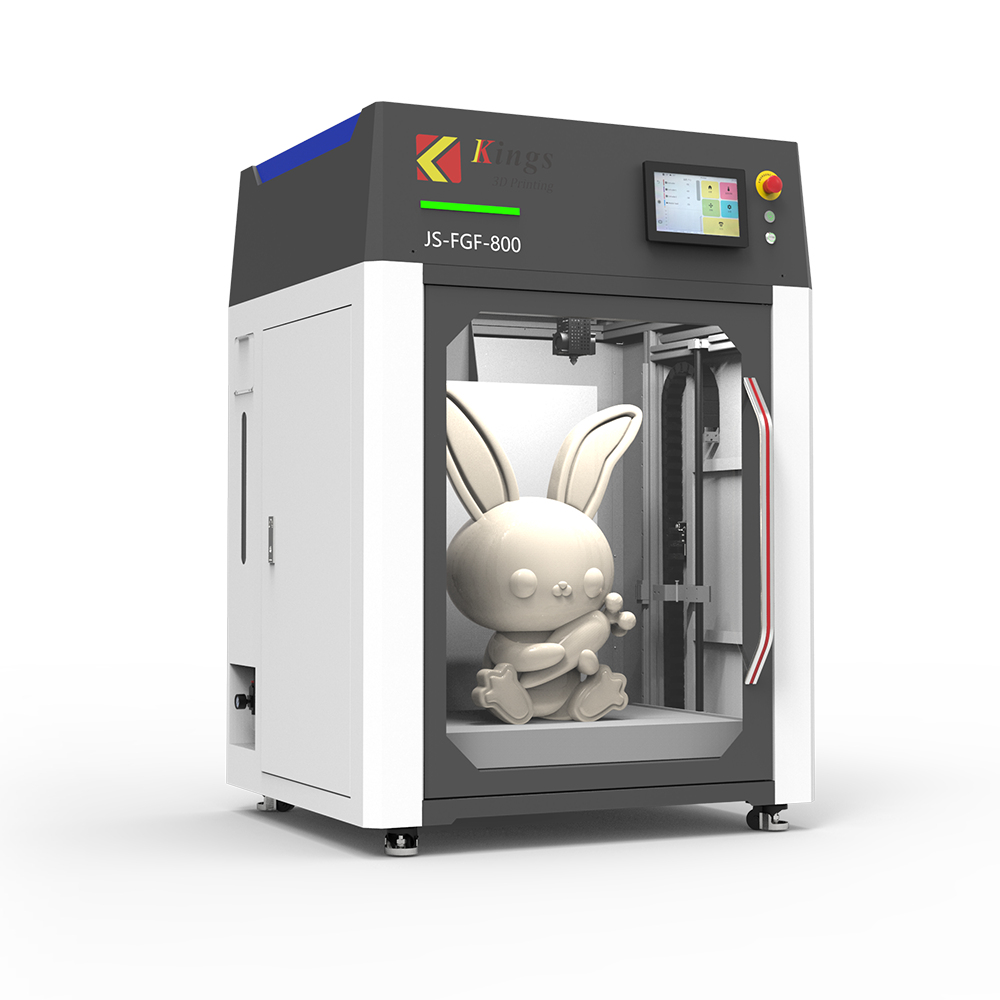While 3D printing technology has been around since the 1980s, recent advances in mechanics, materials and software have made 3D Printing Technology more accessible to a wider range of businesses, allowing more companies to use tools previously limited to a few high-tech industries.
Today, professional, low-cost desktop and tabletop 3D printers are accelerating innovation and supporting businesses in a variety of industries, including engineering, manufacturing, dentistry, healthcare, education, entertainment, jewelry and audiology.
All 3D printing processes begin with a CAD model that is sent to software to prepare the design. Depending on the technology, the 3D printer may produce the part layer by layer by curing resin or sintering powder. The part is then removed from the printer for post-processing for a specific application.
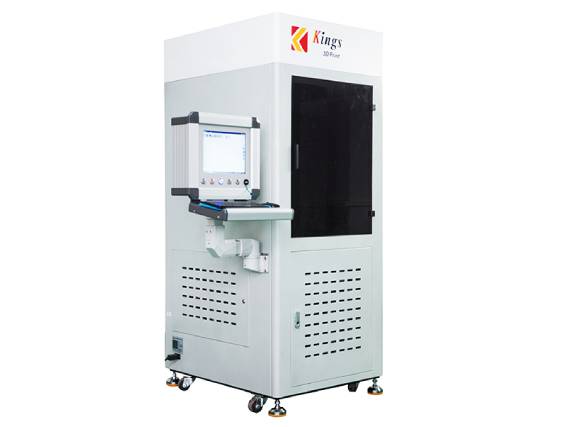
3D Printer
3D Printer Suppliers have shared the process of 3d printing work to help you with.
1. Design
3D printers create parts from a 3D model, which is a mathematical representation of any 3D surface created using computer-aided design software, or developed from 3D scanned data. The design is then exported as an STL or OBJ file that can be read by the print preparation software.
The 3D printer includes software that specifies print settings and cuts the digital model into layers that represent the horizontal cross section of the part. Adjustable print settings include orientation, support structure, layer height, and material. Once setup is complete, the software sends commands to the printer via wireless or cable connection.
2. 3-D printing
Some 3D printers use a laser to cure liquid resin into hardened plastic, others melt small particles of polymer powder at high temperatures to create parts. Most 3D printers can run unattended until the print is complete, and modern systems automatically replenish the material needed for the part from the ink cartridge.
3. Post-processing
Depending on the technology and material, printed parts may need to be rinsed in isopropyl alcohol (IPA) to remove uncured resin from their surface, post-cured to stabilize mechanical properties, manually manipulated to remove support structures, or cleaned with compressed air or a media jet to remove excess powder. Some of these processes can be automated with accessories.
3D printed parts can be used directly or post-processed for specific applications and desired surfaces by machining, priming, painting, fastening, or joining. Often, 3D printing can also be used as an intermediate step to traditional manufacturing methods, such as positive pieces for investment casting jewelry and dental appliances, or molds for custom parts.
The company also offers Car 3D Printer, so please feel free to contact us if you need them!


